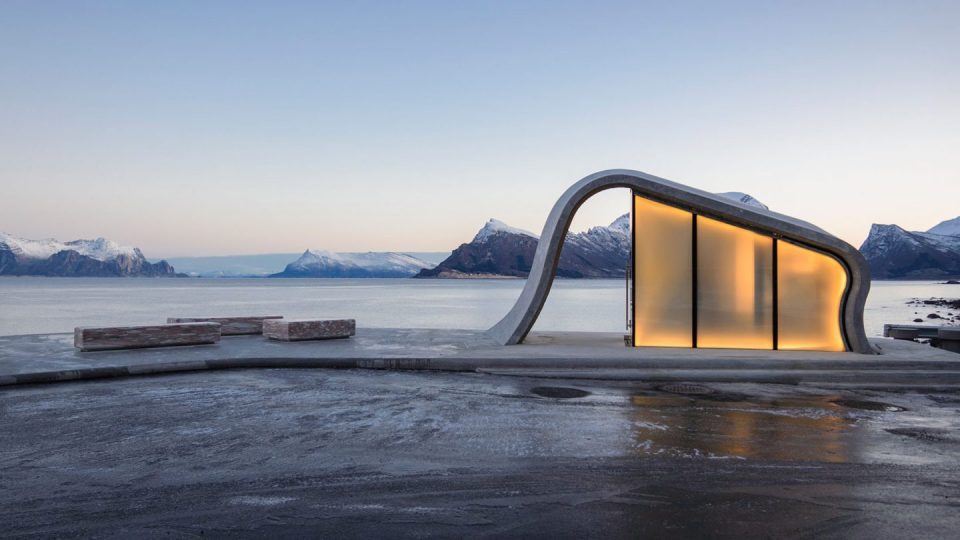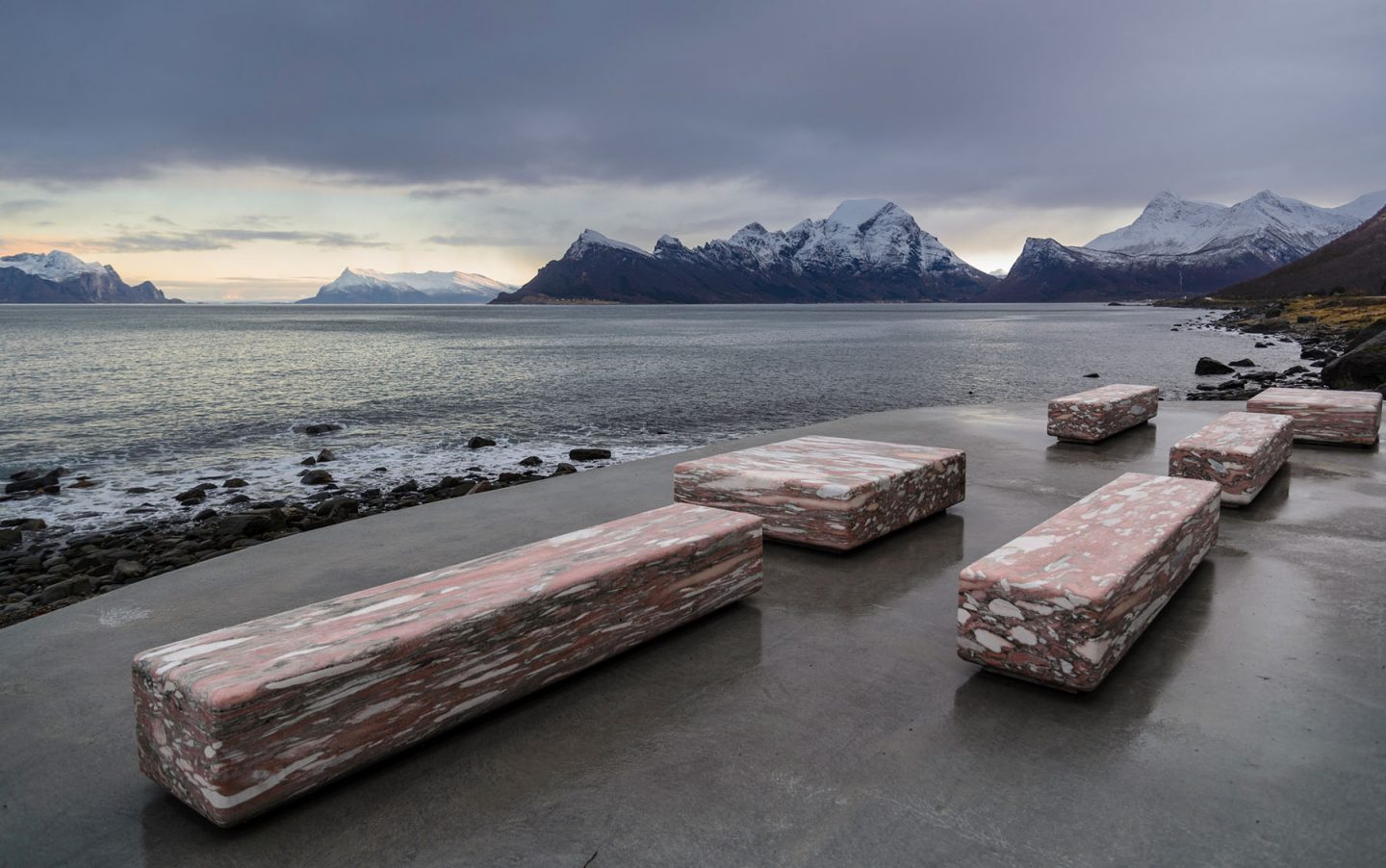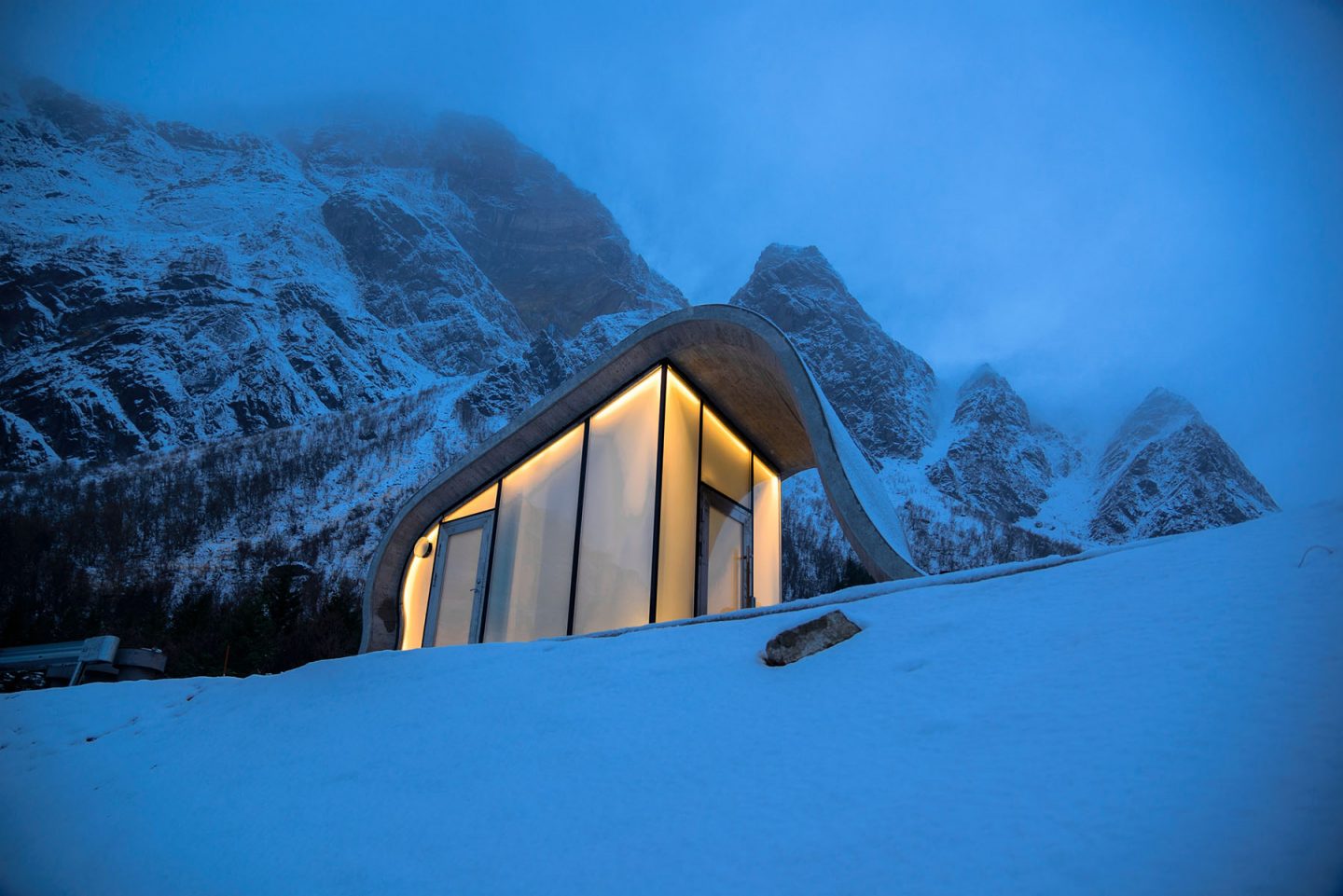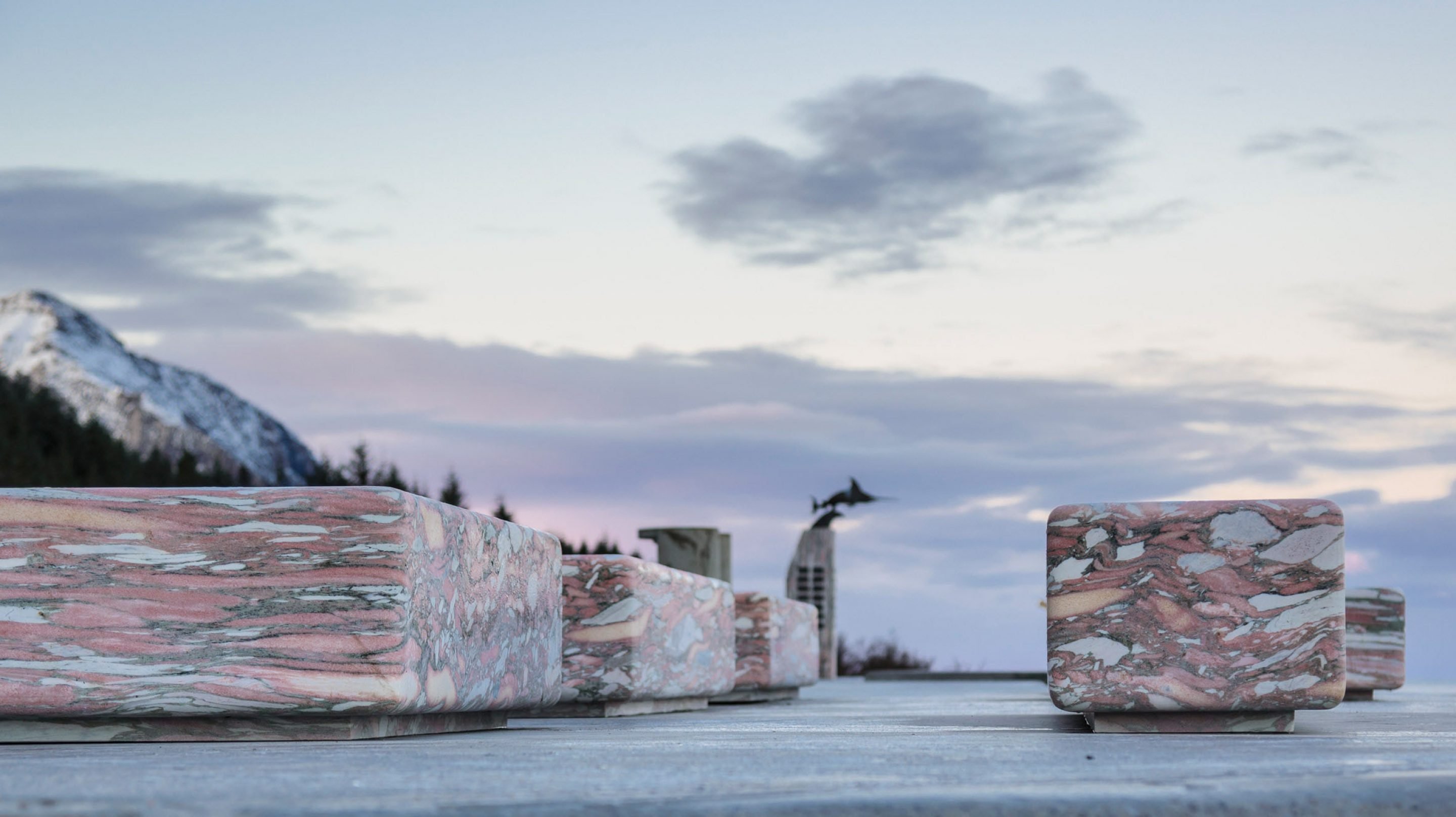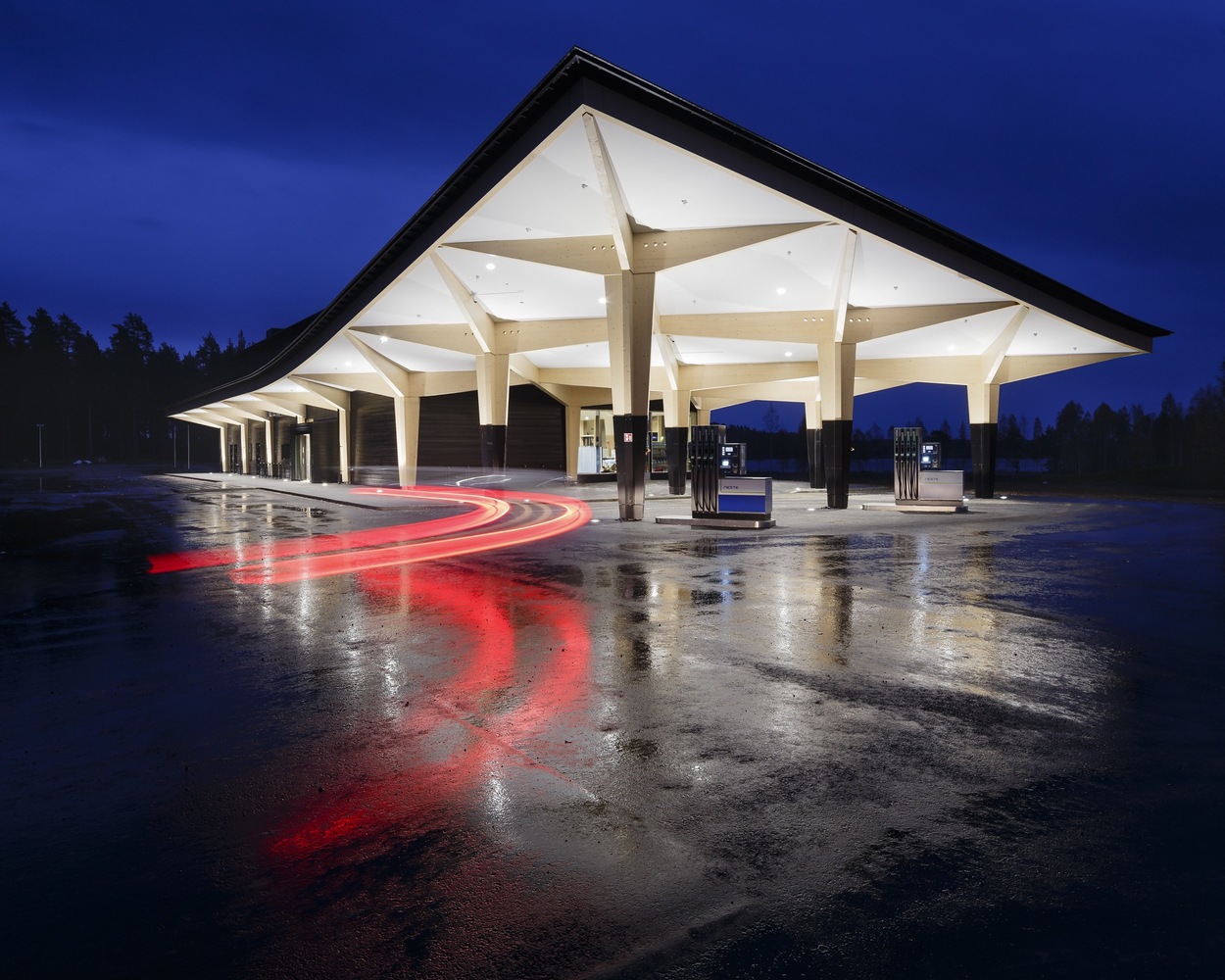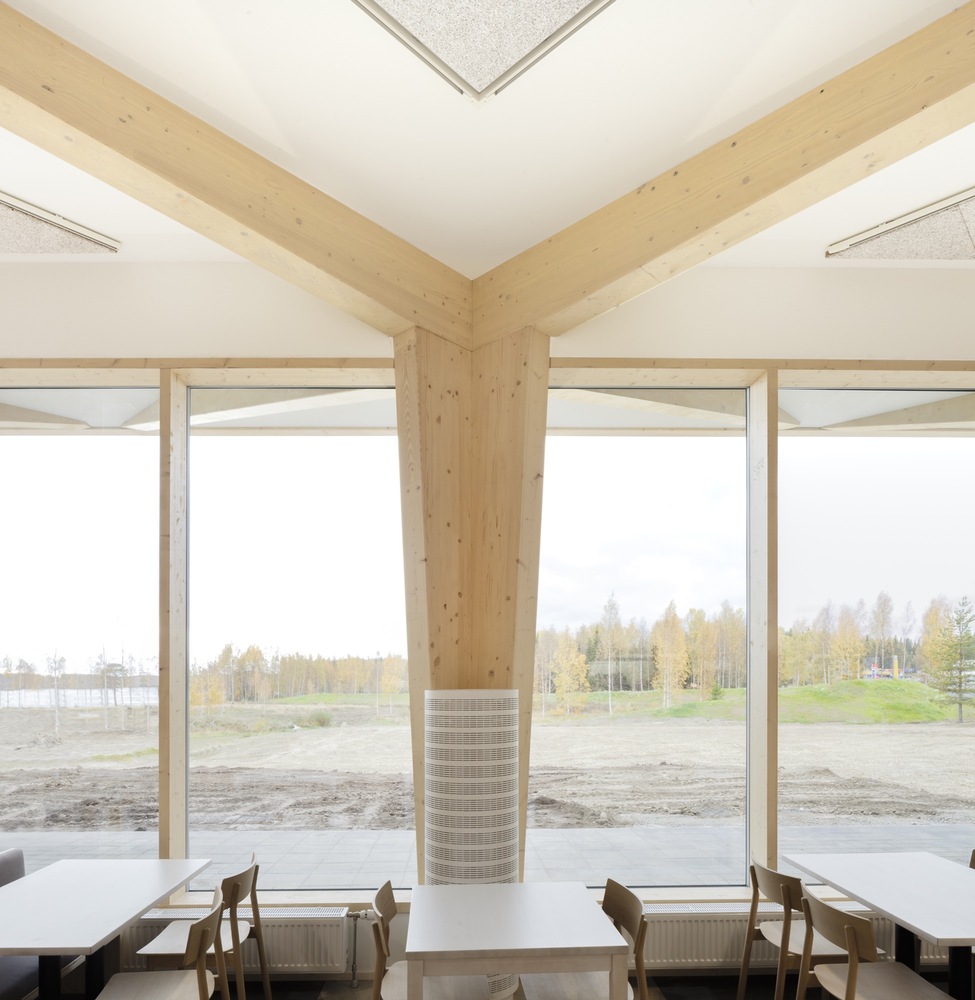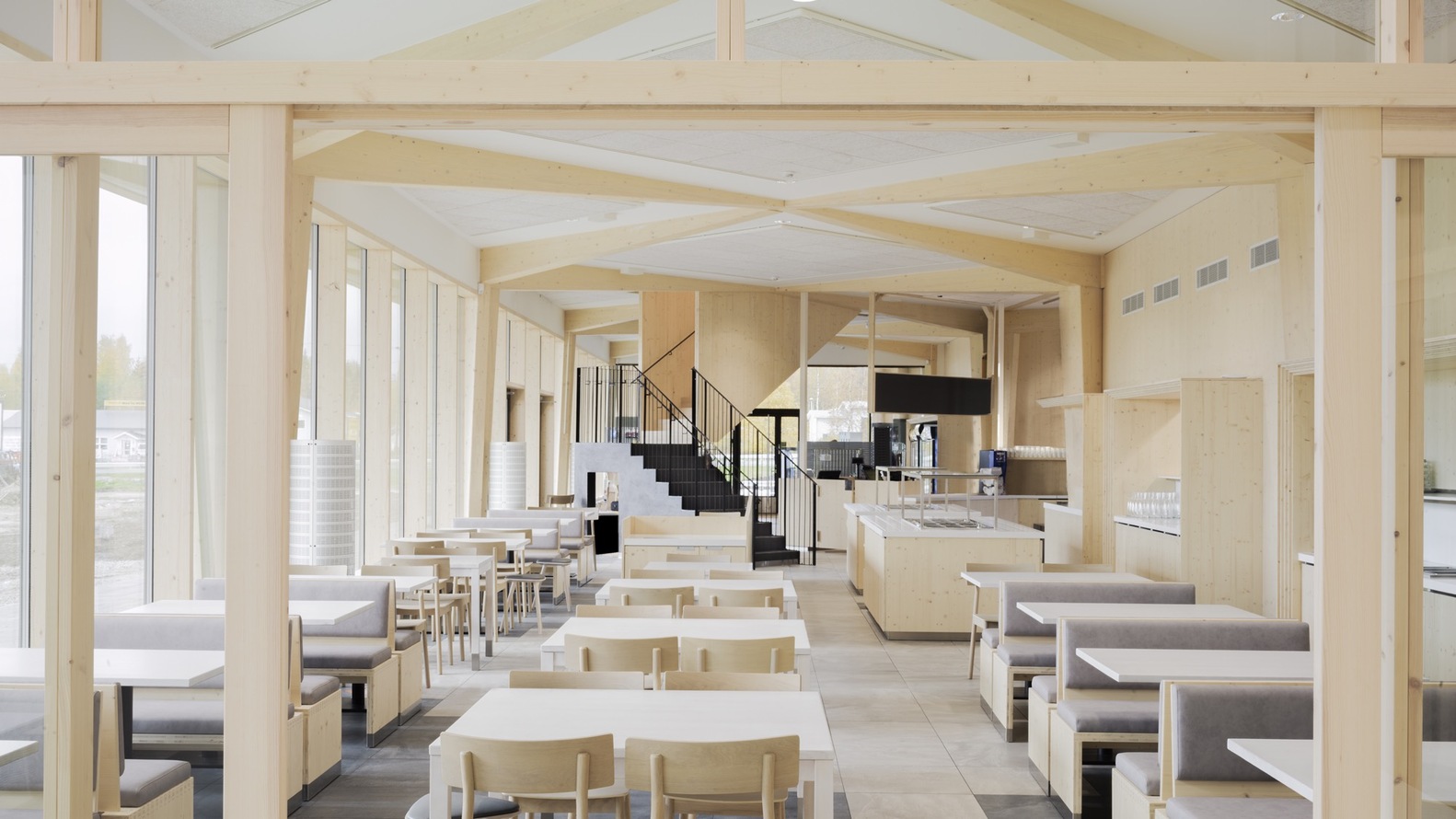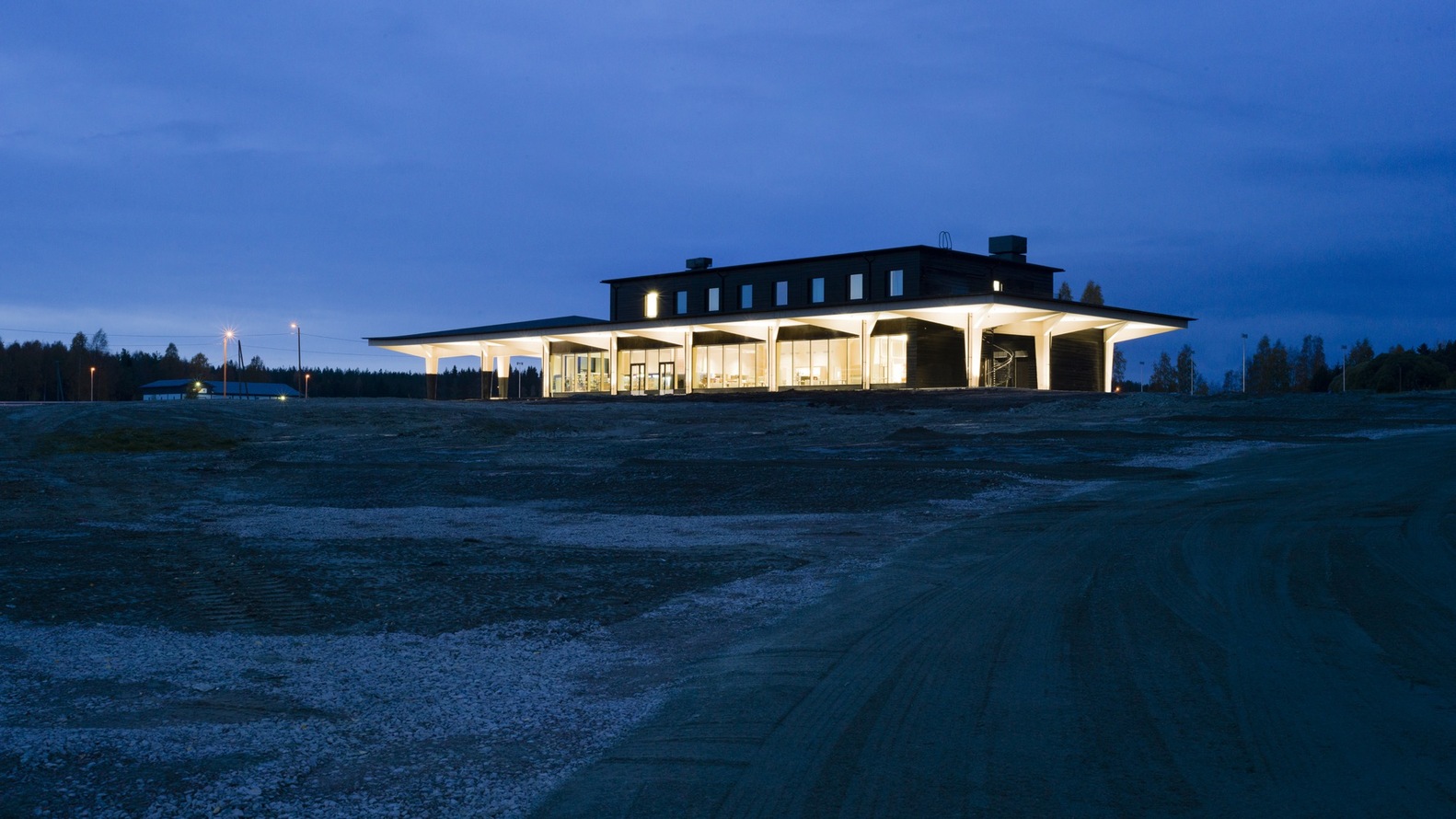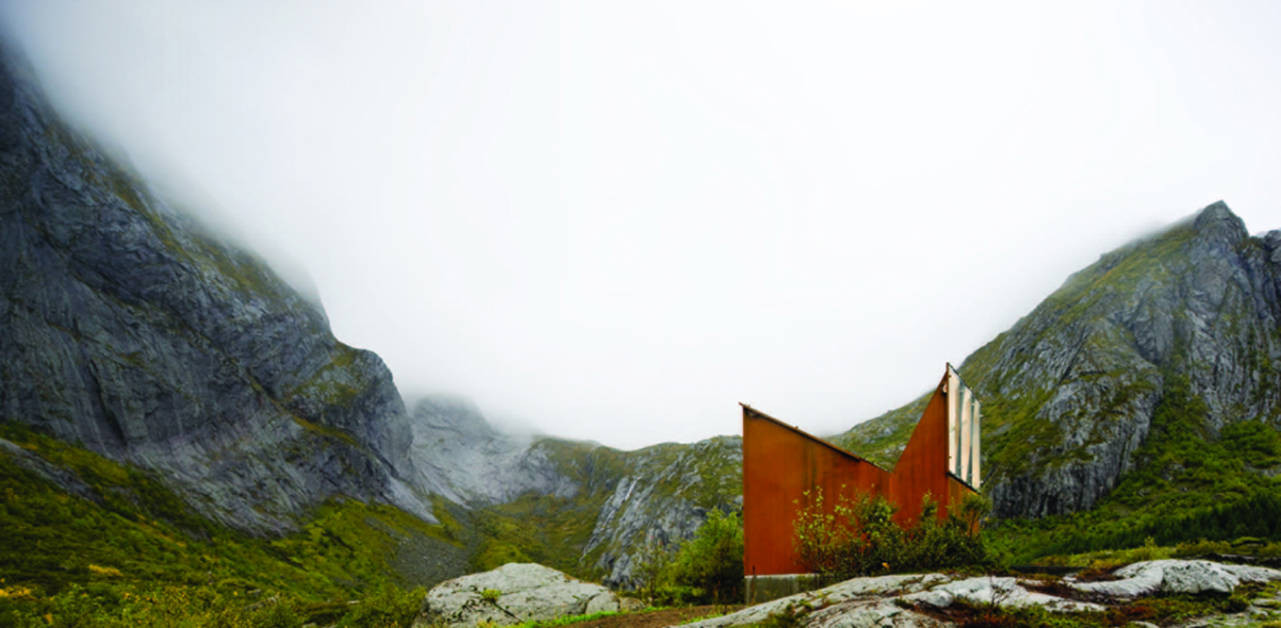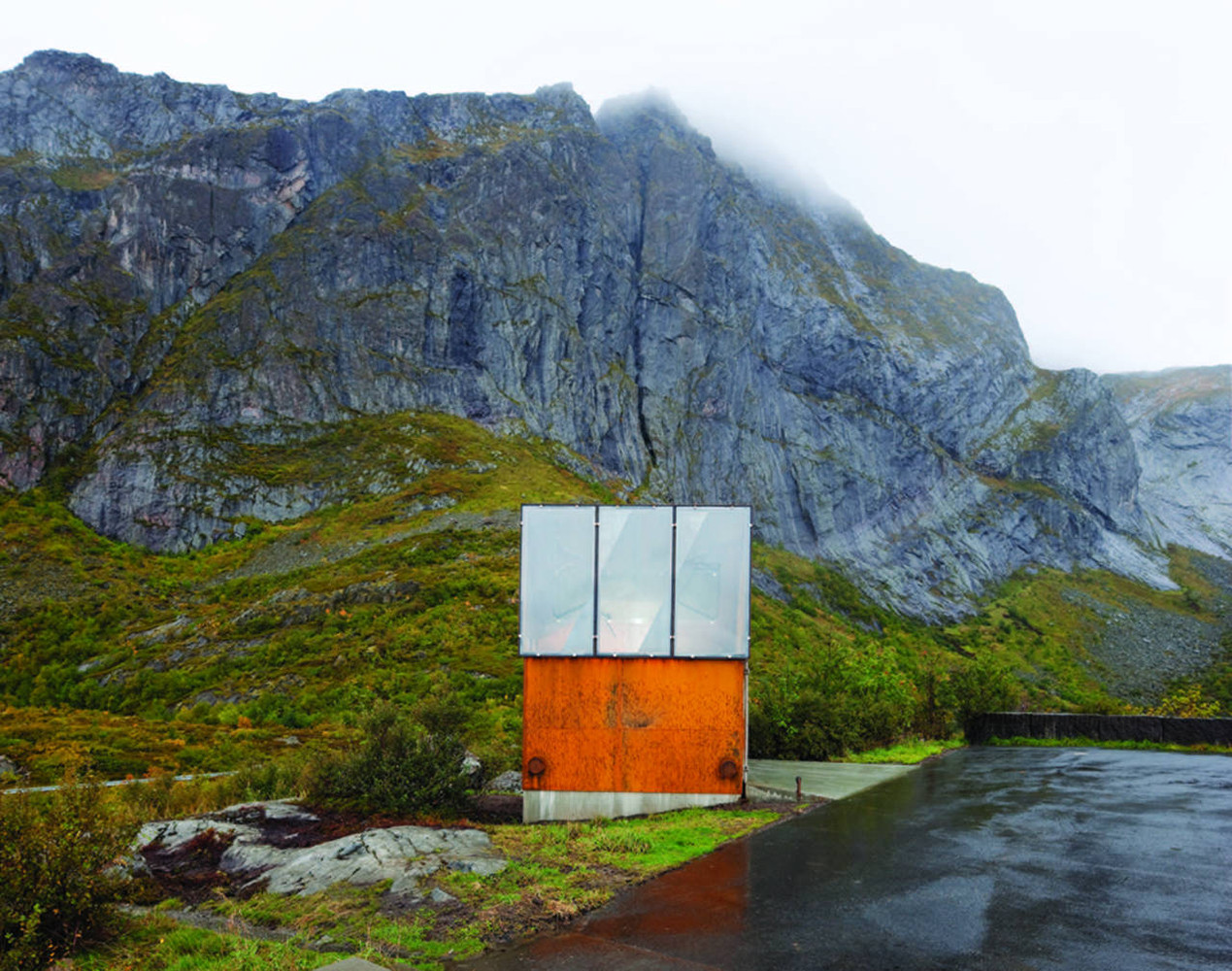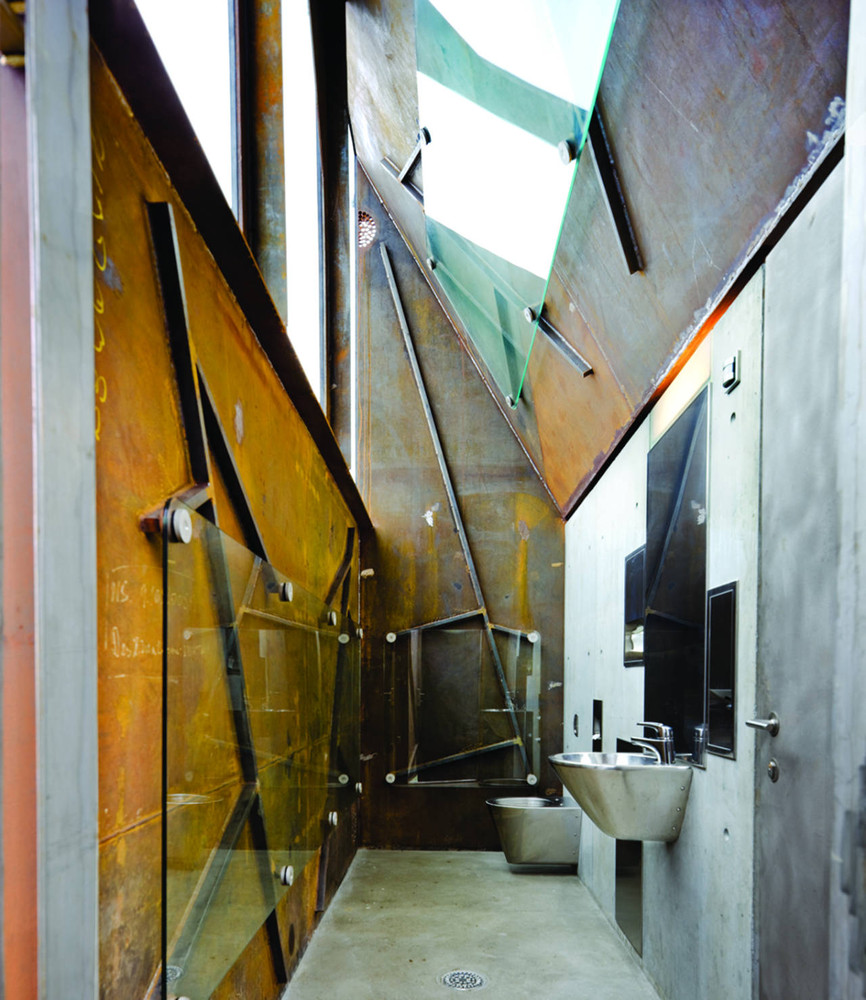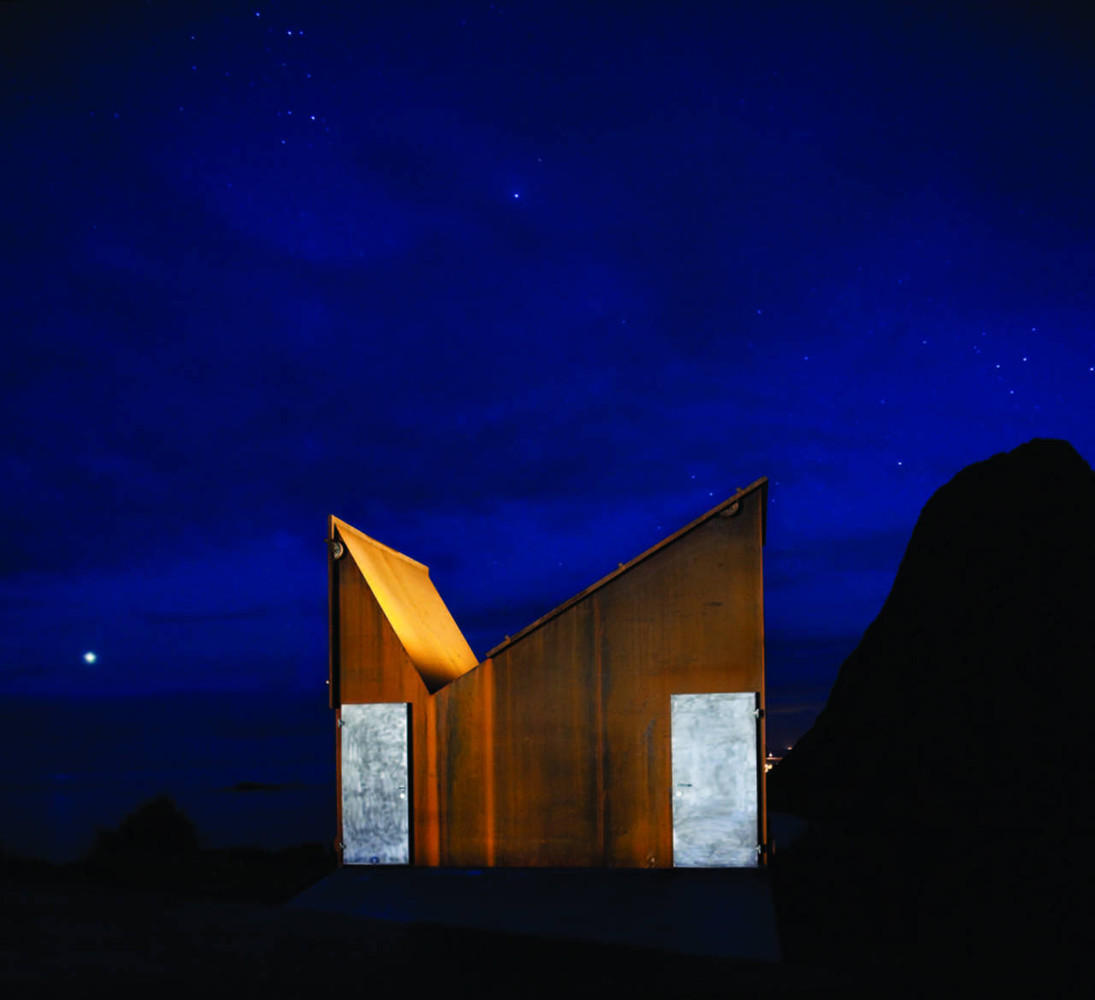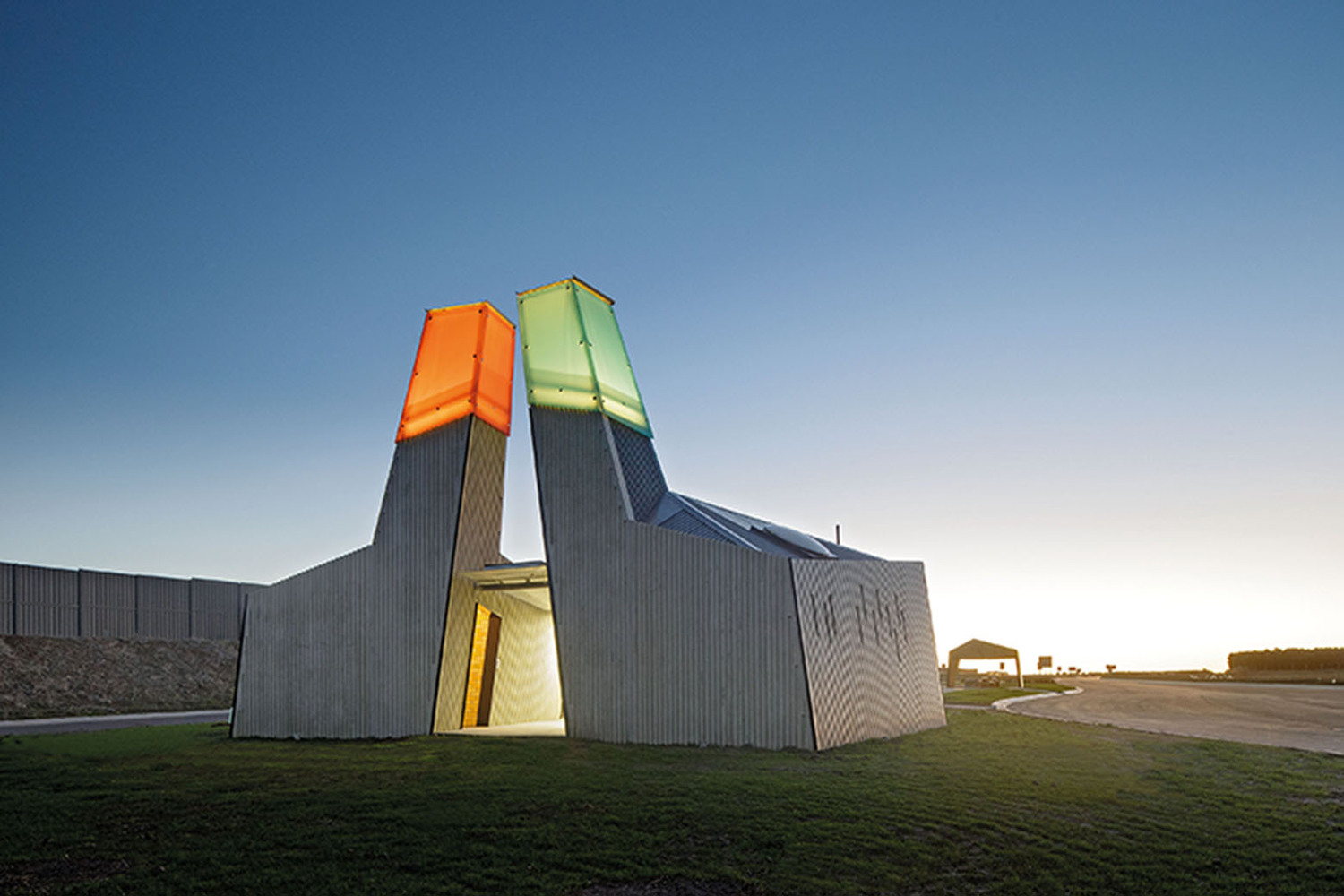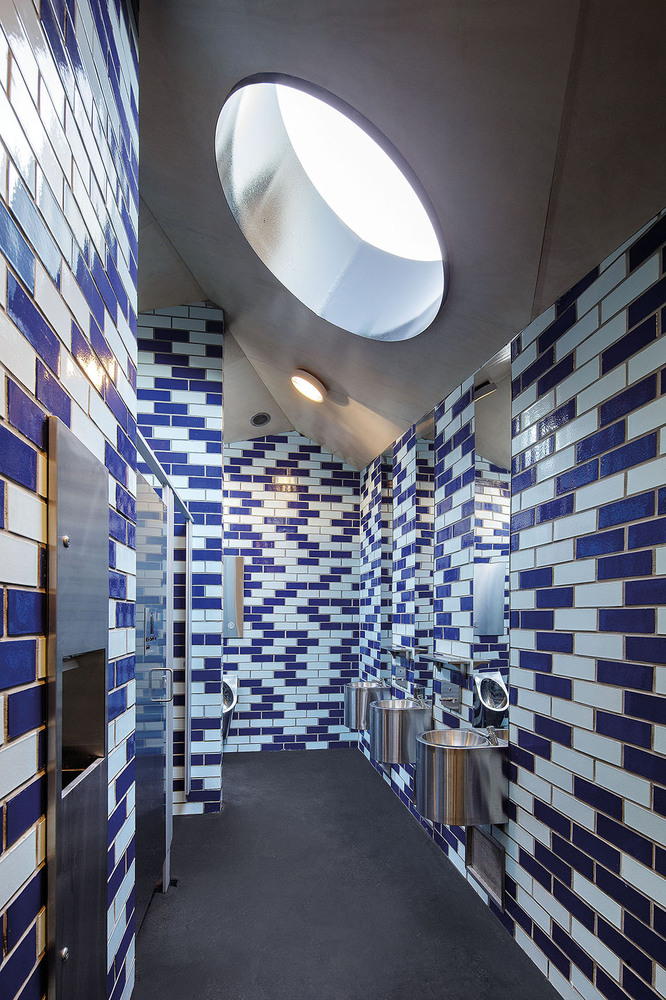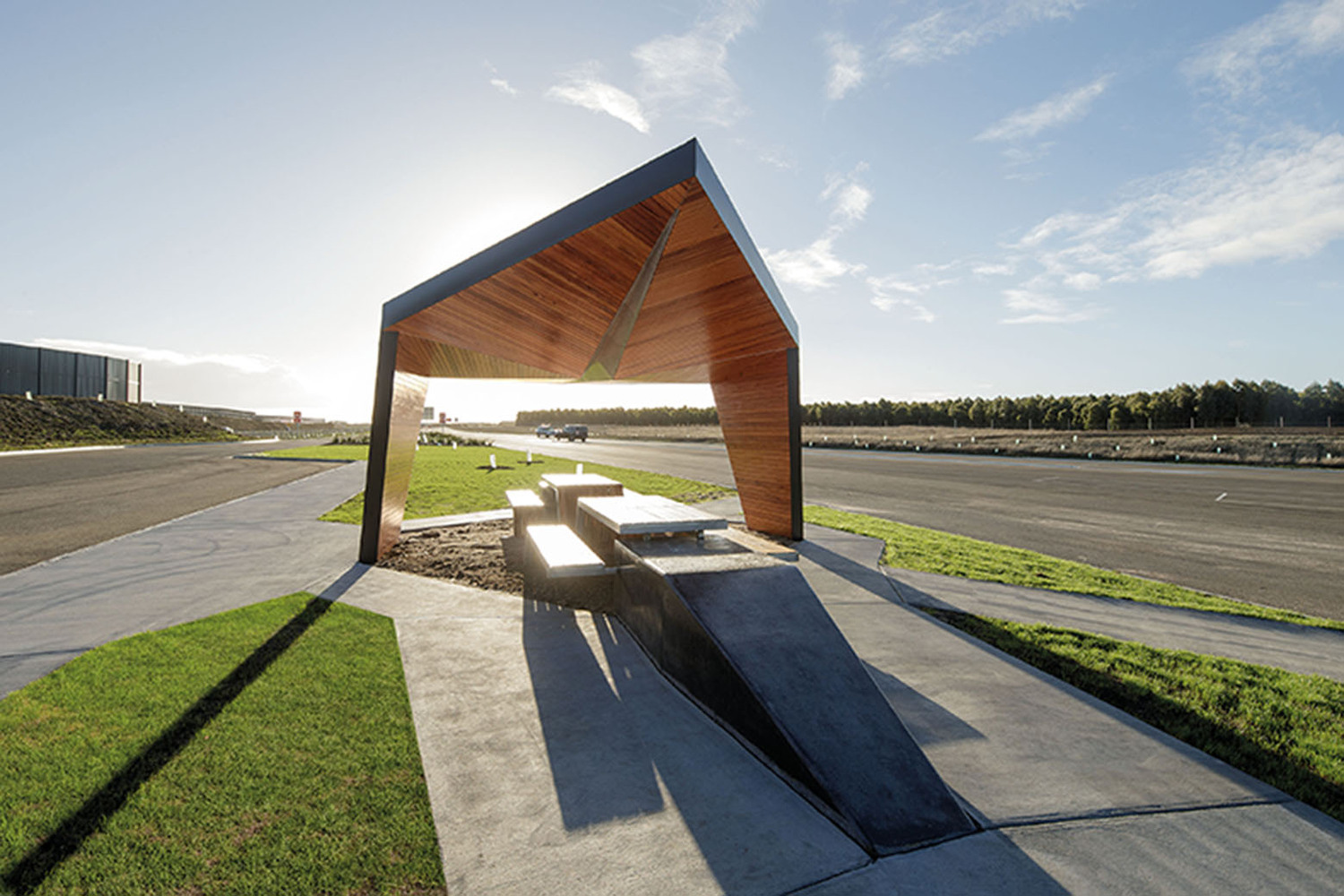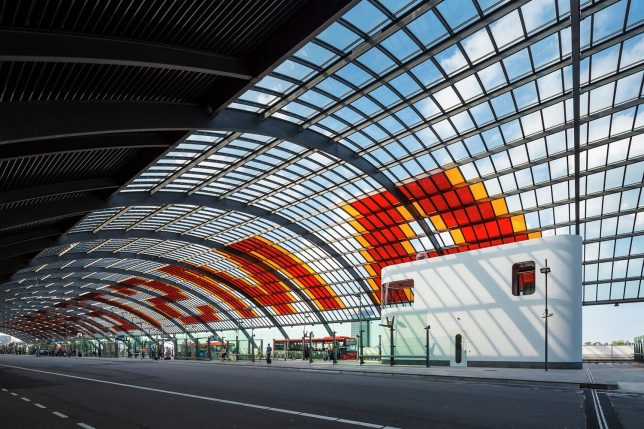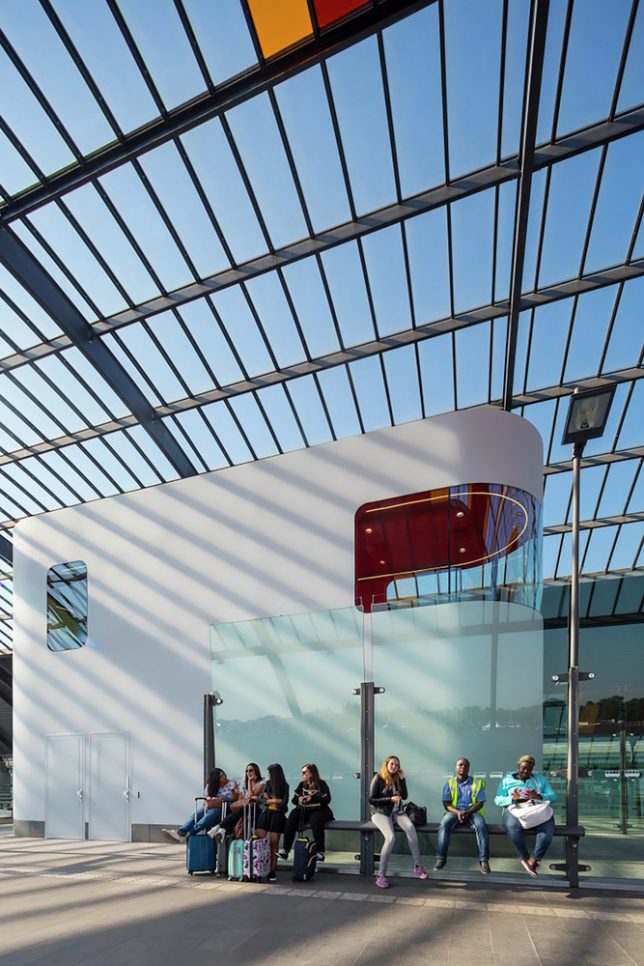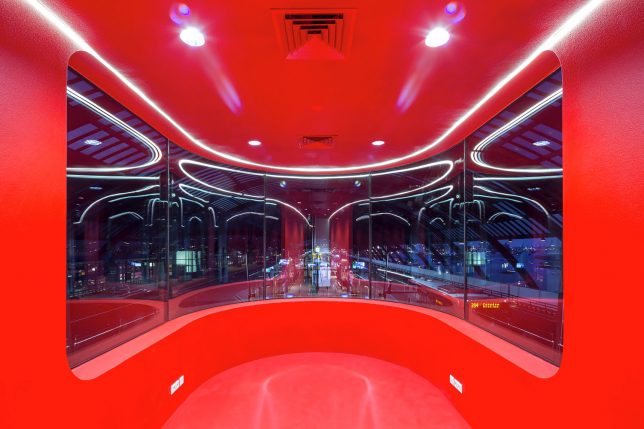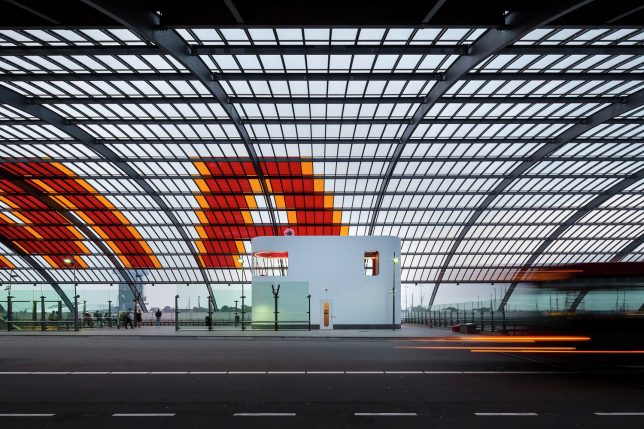What happens to the world around us when designers and architects treat even the most humble structures with the same care they’d give to more prestigious buildings? Rest areas are certainly utilitarian, providing much-needed facilities in places like bus stations, highways and stunning scenic routes, but that doesn’t mean they have to be architectural afterthoughts. These 13 examples complement their individual settings, often creating a dialogue between visitors and the location while serving basic needs.
Ureddplassen Rest Stop by Haugen/Zohar Arkitekter
When you’re adding necessary facilities to a beautiful natural area, how do you avoid creating an eyesore? Haugen/Zohar Arkitekter provides an example with the Ureddplassen Rest Stop, set at the head of a fjord in northern Norway. After an increase in both local visitors and tourists, the architecture firm was commissioned to design a structure that would add both public toilets and a place to sit and enjoy the scenery. The result fits seamlessly into its surroundings, echoing the nearby mountains and water with its shape and materials.
Rest Area Niemenharju by Studio Puisto Architects
European highway E75 runs from Greece all the way up into Finland, often providing incredible views along the way. Rest Area Niemenharju by Studio Puisto Architects offers a place to pause beside a pond and ridge bordering Lake Kolima in Finland, with columns shaped like trees to echo the forest outside. The structure provides 10 hotel rooms, a camping area, saunas and a service station, all with views of the water. “Rest Area Niemenharju is not your typical service station,” say the architects. “It offers a retreat from traffic and a peaceful environment to enjoy the surroundings, local food and a good night sleep. All of this is achieved through structural wooden architecture that is innovative, out of the ordinary and sustainable.”
Restop Akkarvikodden by Manthey Kula Architects
The many rest stops located along Norway’s 18 tourist routes are designed not just to give drivers a place to pause, use facilities and stretch their legs, they’re also a reflection of their individual settings. The government hires architects to design structures that create points of interest along each route while also standing up to some harsh environmental conditions. This roadside facility at Akkarvikodden by Manthey Kula Architects replaces a facility that was lifted right off its foundations by strong winds off the Atlantic Ocean. Though many similar facilities focus on views of the surroundings, this one intentionally does not.
“The experience of the place, mountains and sea and the ever-present coastal climate is very intense,” say the architects. “The restrooms were conceived to present a pause from the impressions of the surrounding nature, offering an experience of different sensuous qualities.”
Geelong Truckstop by BKK Architects
Located in Waurn Ponds, Australia, the Geelong Truckstop by BKK Architects was developed as part of a new rest area strategy aiming to reduce deaths caused by driver fatigue on the roads of Victoria. Eye catching from afar, it looks a bit like a roadside attraction. “A key objective of this strategy is to provide interesting and engaging architecture to encourage drivers to stop and recuperate – to create places of interest beyond their utilitarian functions, with areas for people to eat and for children to play,” the architects explain. “There is a long and rich history of the rest area within Australia. These places mark a journey, a place for pausing, and a place for rest. They are an important part of the road trip psyche.”
Bus Drivers Building by Benthem Crewel Architects
A special building just for bus drivers at Amsterdam Central could have been a boring concrete box, but Benthem Crouwel Architects went above and beyond by creating a more thoughtful structure that’s also visually interesting. Shaped like a bus, with a windshield-like front window, the white bus drivers’ building houses a workspace, pantry and canteen as well as restrooms and storage. The drivers get some privacy in between long journeys thanks to the elevated design, while also maintaining views of the station.

